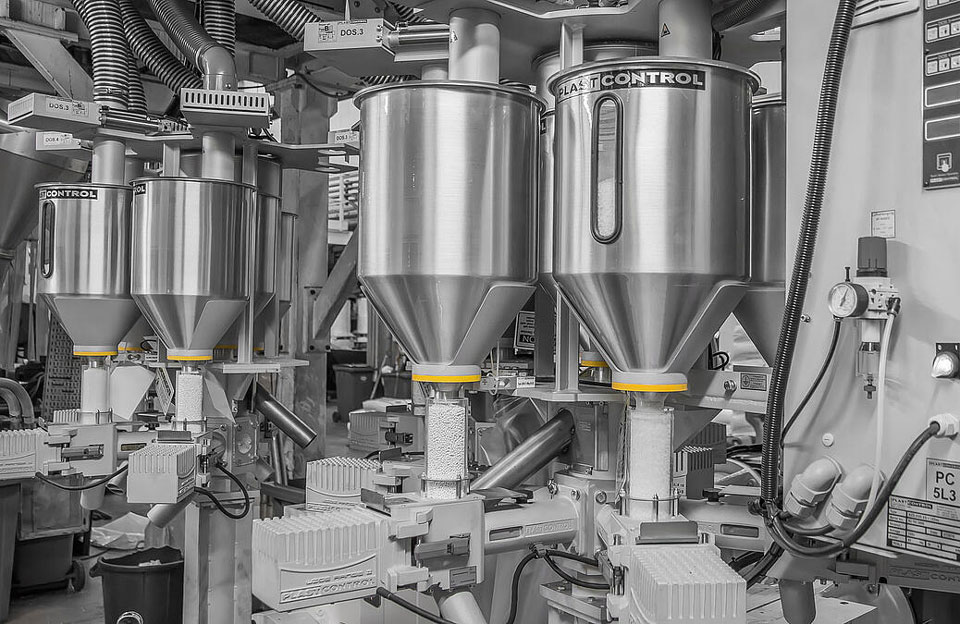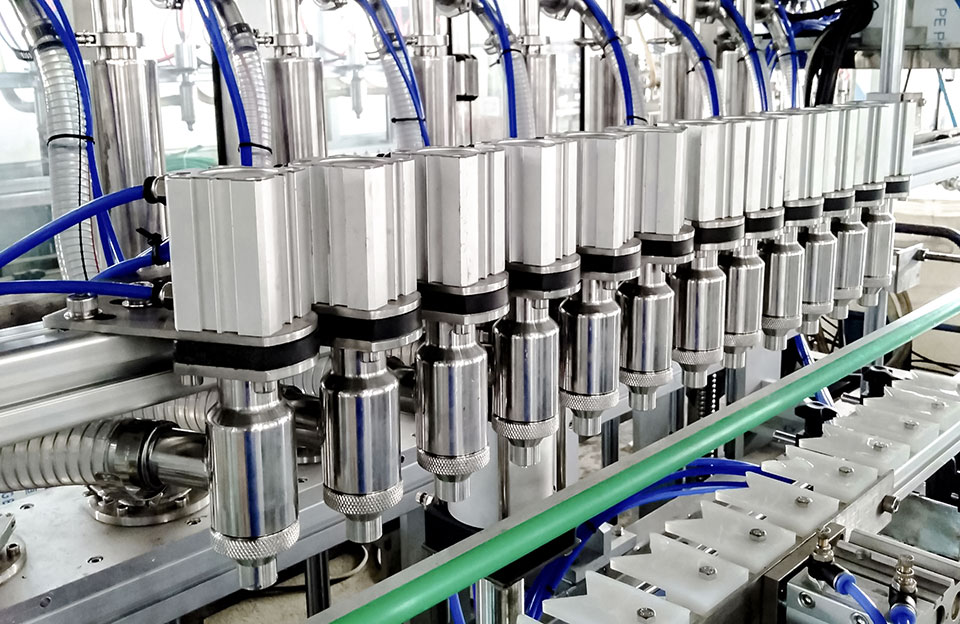Packaging plays a vital role in various fields such as food and beverages, pharmaceuticals, consumer goods, electronics and many more. The growing population directly increases the demand for packaged products, especially in emerging markets where rapid urbanization and growing middle-class incomes drive consumption. Additionally, as consumers become more environmentally conscious, there is also an increasing focus on sustainable packaging solutions to reduce waste and environmental impact. This post mainly introduces the application of powder filling machine in packaging industry and the impact of the packaging industry on powder filling machine.
Advantages of Powder Filling Machine in Packaging Industry
- Accurate and Consistent Filling: Powder filling machines are designed to ensure precise and consistent filling of powdered products. These machines use advanced technology, such as a drill or volumetric filling systems, to measure and dispense the exact amount of powder into each package. This accuracy helps maintain product quality and reduces waste or underfilled packages.
- Increased Efficiency and Productivity: Powder filling machines are automated systems that can significantly increase packaging efficiency and productivity. They are capable of filling a large number of containers in a short amount of time, minimizing manual labor and streamlining the packaging process, which enables manufacturers to meet high production demands and reduce overall operational costs.
- Versatile and Flexible: Powder filling machine in packaging industry can handle various powdered products, including food ingredients, pharmaceutical powders, chemicals, cosmetics, and more. These machines can accommodate various container types, shapes, and sizes, allowing for flexibility in packaging options. They can be easily adjusted and programmed to handle different products and packaging requirements.
- Hygienic and Clean Packaging: Powder filling machine in packaging industry is designed to meet the high hygiene standards required in industries such as food and pharmaceuticals. These machines are constructed using materials that are easy to clean and maintain, reducing the risk of product contamination. Additionally, they can be equipped with features like dust collection systems, preventing airborne particles from affecting the working environment.
- Reduce Product Loss and Waste: The powder filling machine has precise filling capabilities to minimize product loss and waste. Dispensing the required amount of powder helps optimize material usage, reduces rework or product scrap due to inconsistent filling, and saves money, improving overall productivity.
- Improved Product Safety and Shelf Life: Properly filled and sealed packaging increases product safety and shelf life. The powder-filling machine ensures the powder is evenly distributed into each container without spillage or contamination. This type of packaging helps maintain product integrity, prevents moisture absorption, and protects the powder from external factors affecting its quality and shelf life.
The Impact of the Packaging Industry on Filling Machine
The packaging industry significantly impacts filling machines, as it shapes the demand, innovation, and development of these machines. Here are some key ways in which the packaging industry influences filling machines:
- Diverse Packaging Requirements: Different industries have different requirements for packaging. For example, the food and beverage industry may require filling machines capable of handling liquids, powders, or viscous products. In contrast, the pharmaceutical industry may require machines for filling precise dosages of medications. The demand for different types of packaging drives the development and customization of filling machines to accommodate these diverse requirements.
- Packaging Formats and Sizes: The packaging industry constantly evolves, introducing new packaging formats and sizes to meet consumer demands and market trends. Filling machines must adapt to these changes and offer flexibility in handling different packaging formats, such as bottles, pouches, jars, or sachets. Manufacturers of filling machines need to stay updated with the latest packaging trends and design their machines to handle various container sizes and shapes.
- Automation and Efficiency: The packaging industry strives for increased automation and efficiency to meet the growing demand for packaged products. Filling machines are crucial in this pursuit by providing automated filling solutions that streamline the packaging process, reduce manual labor, and enhance productivity. The packaging industry’s emphasis on efficiency drives the development of faster, more accurate, and technologically advanced filling machines.
- Product Safety and Hygiene: The packaging industry places high importance on product safety and hygiene, particularly in sectors such as food, pharmaceuticals, and cosmetics. Filling machines must meet stringent hygiene standards, ensuring the filling process does not introduce contaminants into the products. This requirement drives the development of filling machines with features like easy sanitary design, and adherence to regulatory guidelines.
- Sustainability and Eco-Friendly Packaging: With increasing awareness of environmental issues, the packaging industry focuses on sustainable and eco-friendly packaging solutions. This shift impacts filling machines as well. Manufacturers are developing filling machines that minimize packaging waste, reduce material consumption, and accommodate recyclable or biodegradable packaging materials. Filling machines may incorporate features like efficient material handling systems and optimized filling techniques to support sustainable packaging practices.
- Integration with Packaging Lines: Filling machines are often part of more extensive packaging lines that include other equipment, such as capping machines, labeling machines, and sealing machines. The packaging industry’s requirements for seamless integration and synchronization between these machines influence the design and functionality of filling machines. Filling machines must be compatible with other equipment, allowing efficient and continuous packaging operations.
Conclusion
The packaging industry significantly influences the development and innovation of filling machines. The requirements of powder filling machine in packaging industry focus on automation and efficiency, emphasis on product safety and hygiene, sustainability initiatives, and integration with packaging lines all shape the features, capabilities, and customization options of filling machines. Manufacturers of filling machines need to stay responsive to the evolving needs of the packaging industry to provide efficient and effective filling solutions.


